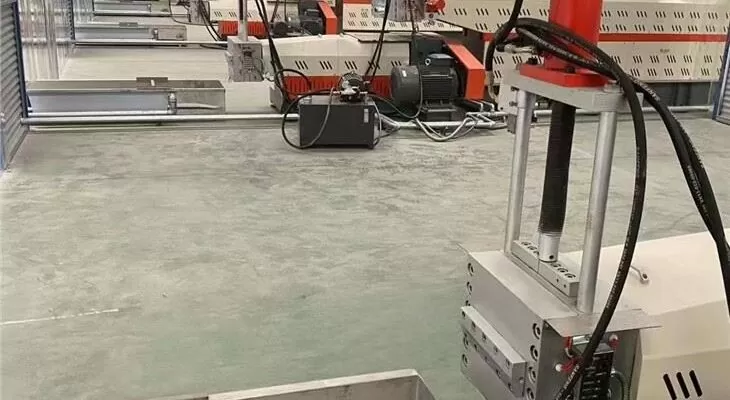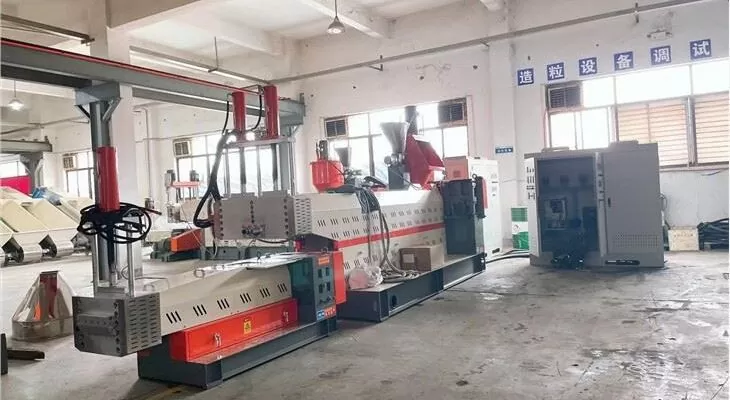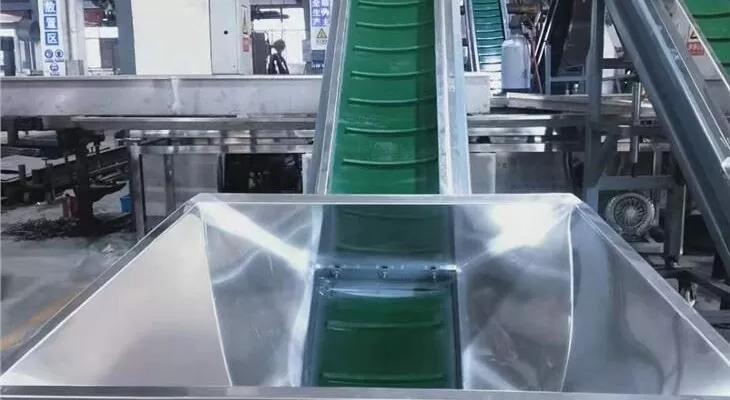I’ve seen countless processing lines stumble. They clog. They jam. They underperform.
It frustrates me. It wastes time. It wrecks schedules.
That’s the problem.
I’ve been there. I felt the pain. Downtime piled up.
I needed a solution. A way to turn chaos into smooth flow.
That’s why I dove deep into granulation. And it changed everything.
A granulator’s purpose is to reduce material size for better handling, uniformity, and downstream processing efficiency. By transforming bulky or irregular feedstock into consistent granules, it optimizes throughput capacity and ensures reliable product quality.
Let me keep you hooked.
Granulation sounds boring. But it isn’t.
It’s the silent hero in plastics, pharmaceuticals, and recycling.
Without it, you’re fighting an uphill battle.

What is a granulator?
A granulator is a machine.
It shreds and dices materials into uniform pieces.
Think of it like a food processor for plastics or metals.
It breaks down lumps into granules that play nice with other equipment.
Granulators come in many shapes.
Rotor granulators. Knife granulators. Hammer mills.
Each boasts its own cutting style.
But the goal is the same: uniform particle size.
Why is granulation important in material processing?
Granulation solves the handling nightmare.
Big chunks choke conveyors and feeders.
Small granules flow freely.
They feed extruders and mixers without hiccups.
Through granulation, you boost granulation efficiency.
You cut energy consumption.
Less rework. Fewer rejects.
It’s a lean manufacturing must-have.

How does a granulator work?
Inside, knives or hammers spin at high speed.
They shear, impact, and tear apart the feedstock.
Material enters the rotor zone.
Cutting tools break it down to target size.
Screens or sieves hold back large pieces.
Only granules small enough pass through.
You can tweak gap settings.
That controls final size and consistency.
Key applications of granulators?
I see granulators everywhere.
In plastics recycling.
They reclaim post-consumer bottles into flakes.
In pharma, they produce tablets with precise dosing.
Food processing uses granulators to create breadcrumbs.
Chemical industries shape catalysts into pellets.
Even metal smelters crush slag into reusable chunks.
It’s versatility on steroids.

Factors to consider when choosing a granulator?
Don’t pick the first machine on sale.
Consider throughput capacity.
Match it to your production volume.
Under-spec, and you bottleneck the line.
Over-spec, and you waste energy.
Think about maintenance.
Are blades easy to replace?
Can you access the rotor quickly?
Downtime kills profits.
Choose robust construction.
Tips for optimizing granulator performance?
Feed evenly.
Starve it or overload it, and you risk wear or jams.
Control feed rate with a hopper or feeder.
Monitor motor load.
Spike readings mean trouble ahead.
Keep knives sharp.
Dull tools tear rather than cut.
Schedule blade inspections weekly.
Lubricate bearings as per specs.
A little grease goes a long way.
How to troubleshoot common granulator issues?
Jamming?
Check screen perforations.
Clean out debris.
Inspect rotor balance.
Excessive noise?
Look for loose parts.
Tighten bolts.
Replace worn bearings.
Poor size control?
Verify gap settings.
Swap screens if needed.
Run a test batch.
Adjust knife wear compensation.

What trends are shaping granulator technology?
Automation is king.
Smart sensors track blade wear and motor load.
They predict maintenance.
You avoid surprise shutdowns.
Energy efficiency is next.
Variable-frequency drives cut power when idle.
New blade materials last longer.
And modular designs simplify upgrades.
Conclusion
Granulators aren’t glamorous.
But they’re indispensable.
They improve flow.
Enhance quality.
And save you money.
That’s the purpose.
